Jersey's 'forgotten' women: Play targets gender imbalance
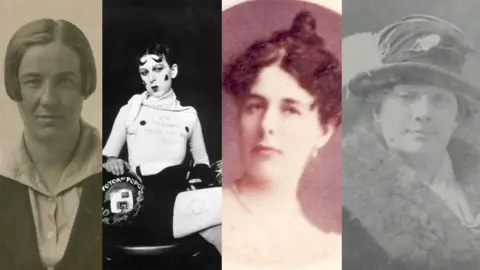 Jersey Archive
Jersey ArchiveA new play is attempting to address the gender imbalance of Jersey's history books.
Caroline Trachy's work allowed women on the island to vote from 1919 but her efforts are often forgotten, according to Deputy Jess Perchard, who wrote and directed the play.
As the island celebrates the centenary, six "phenomenal" but largely forgotten women are taking centre stage.
Deputy Perchard said the show would "fight for their place in history".
'(Un)Forgotten Figures' was first performed in September for politicians at the Commonwealth Women's Parliamentarian conference hosted in Jersey. It will be shown to the public for the first time on Friday.
"We study works of literature by a lot of white men and those two things are problematic. We need a mixture, we need everybody," Deputy Perchard said.

Who are the 'forgotten figures'?
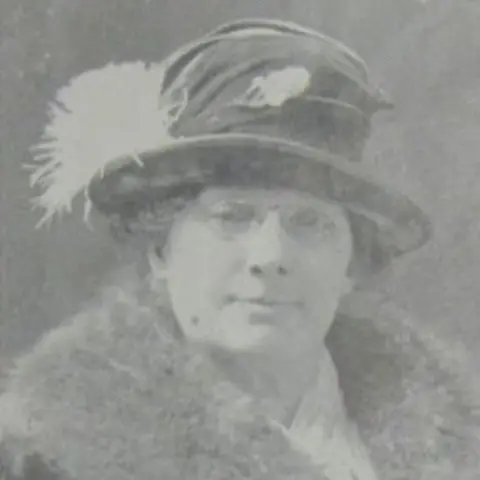 Jersey Archive
Jersey ArchiveCaroline Trachy spearheaded a campaign to allow Jersey women to vote and to stand for election.
Trachy was the first female President of Jersey's Women's Political Association, formed in October 1918.
Her efforts against gender prejudices changed the law of Jersey and in April 1928 she became the first woman to stand for election.
She finished last but her work paved the way for Ivy Forster, the first woman to be elected in 1948.

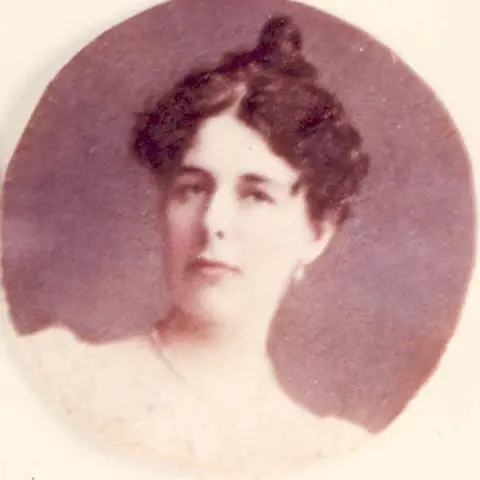 Jersey Archive
Jersey ArchiveFlorence Boot grew up in St Helier working in her father's bookshop, after which she met and married Jesse Boot.
She introduced welfare rights to the chemist Boots, including breakfast for staff and time off to study.
She was also responsible for establishing its popular circulating library which operated for over 50 years.
Boot was particularly charitable and donated vast areas of land, as well as a Rolls-Royce to be used as the island's ambulance.

Lilian Grandin was born in St Helier in 1976 and became Jersey's first female doctor.
She left the island to study medicine and chemistry in Edinburgh, followed by midwifery in Dublin and tropical and eye diseases in London.
Grandin travelled to China to become a missionary, where she trained nurses and set up a leper colony.
She died in Zhaotong, China after giving her last typhus medicine to a patient.

Elinor Glyn was a journalist and novelist who helped change attitudes about women and sex through her erotic writing.
She was responsible for the proliferation of the term 'It Girl' in the 1920s after using it as a euphemism for sex in her novel 'It'.
Glyn also worked as a war correspondent in France during World War One and was one of two women present at the signing of the Peace Treaty at Versailles in 1919.

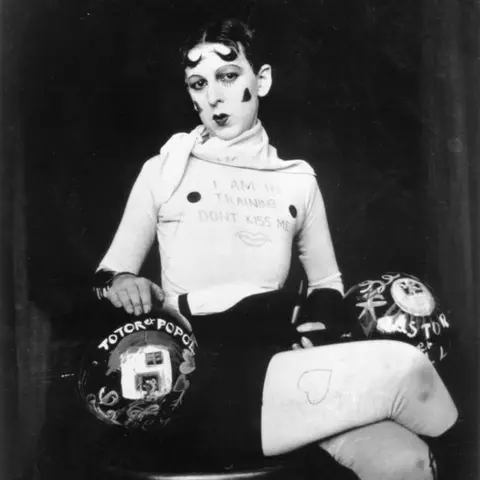 Jersey Archive
Jersey ArchiveClaude Cahun was a surrealist transgender artist who resisted against the Nazi occupation of the Channel Islands in World War Two.

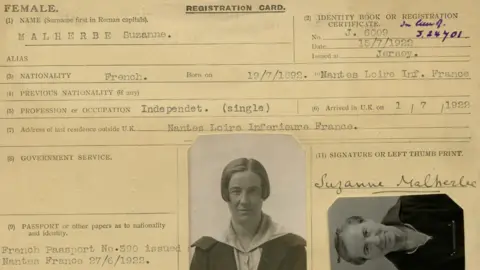 Jersey Archive
Jersey ArchiveMarcel Moore was Cahun's partner and step-sister. Alongside her lover she distributed leaflets to Nazi soldiers encouraging them to desert the island.
Moore was fluent in German and used her language skills to imitate a German soldier's writing.
Moore and Cahun were arrested in July 1944 for inciting rebellion and listening to prohibited BBC radio.
They narrowly avoided the death penalty and were imprisoned until 1945 when the Channel Islands were liberated.
